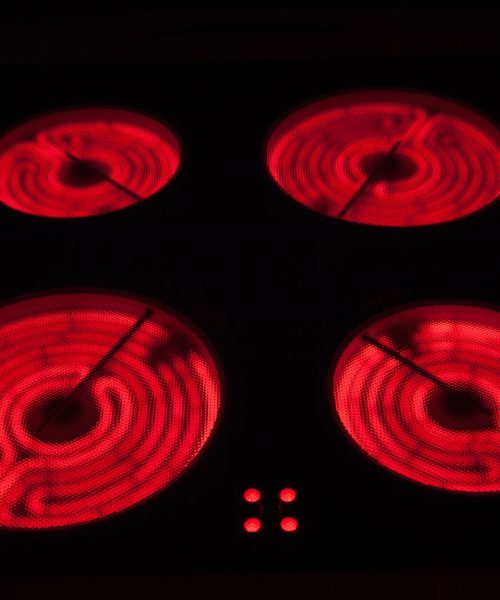It’s hard not to admire marathon and ultra-runners for their physical stamina and prowess. They’re not only inspirational, but are also testing the limits of human biology with their mental grit and muscle strength by logging hundreds of miles and days at a time. According to a study published today in the journal Current Biology, even the most extreme endurance athletes cannot surpass a certain level of calorie burning.
What is the metabolic ceiling?
All living things need to burn a certain number of calories just to stay alive. The basal metabolic rate (BMR) is the minimum amount of energy that the body needs to breathe, circulate blood, regulate body temperature, and perform other functions that keep us alive. Earlier studies have suggested that people can burn up to 10 times basal metabolic rate for short bursts of activity.
The metabolic ceiling represents the maximum number of calories that a body can actually burn. For humans, it is believed to be roughly 4,000 kilocalories.
“Every living thing has a metabolic ceiling, but exactly what that number is, and what constrains it, is the question,” study co-author Andrew Best, an endurance athlete and anthropologist at the Massachusetts College of Liberal Arts, said in a statement. “To find out, we asked, if we get a group of really competitive ultra-athletes, can they break this proposed metabolic ceiling?”
Climbing to the ceiling
In the study, the team recruited 14 ultra-runners, cyclists, and triathletes and followed them during various competitions and training periods. To measure energy expenditure, the participants drank water containing deuterium and oxygen-18. These molecules are slightly heavier versions of the elements hydrogen and oxygen. By tracing the deuterium and oxygen-18 when it was flushed out in urine, the team could calculate how much dioxide an athlete exhales and the number of calories burned.
When competing in multi-day races, some of the athletes burned six to seven times their basal metabolic rate, or about 7,000 to 8,000 calories per day. However, when the team calculated the athletes’ caloric burn over longer periods—30 and 52 weeks—they saw that the burn rates returned right to that predicted ceiling. They could not surpass the average metabolic ceiling of 2.5 times their basal metabolic rate in energy expenditure.

According to the team, this shows that even the most extreme athletes will eventually reach a metabolic ceiling. Exceeding that 2.5 times the basal metabolic rate limit is also exceptionally difficult.
“If you go over the ceiling for short periods, that’s fine. You can make up for it later,” says Best. “But long term, it’s unsustainable because your body will start to break down its tissue, and you’ll shrink.”
Spreading the energy around
The study also showed how the body copes with the demands of extreme endurance activities. As the athletes devoted more of their energy to running, cycling, and swimming, they unconsciously cut back on using energy elsewhere.
“Your brain has a really powerful influence on how much you fidget, how much you want to move, and how encouraged you are to take a nap,” said Best. “All these fatigues we feel save calories.”
The team noted that this is a small study and the results depended heavily on the individual bodies of the athletes recruited for it. It’s entirely possible that some exceptional individuals capable of exceeding the metabolic ceiling may have been missed. While these results could have implications for an athlete’s performance, they show how more investigation into the body’s energy cap could explain other essential functions we need to live.
“For most of us, we’re never going to reach this metabolic ceiling,” said Best. “It takes running about 11 miles on average a day for a year to achieve 2.5 times BMR. Most people, including me, would get injured before any sort of energetic limit comes into play.”






